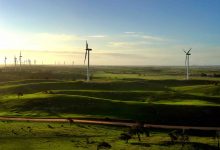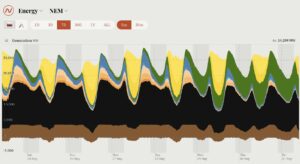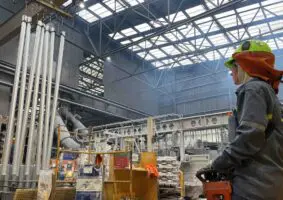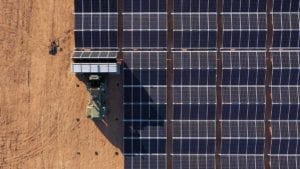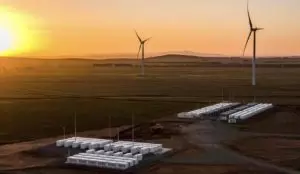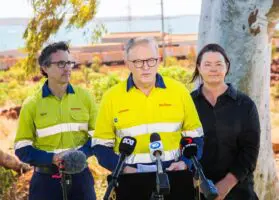Two of the world’s leading renewable energy states – both with grids that regularly achieve periods of 100 per cent solar and wind supply – have agreed to collaborate on some of the final pieces of the energy transition puzzle, including hydrogen, long duration storage and smart grid management.
South Australia and California signed a letter of cooperation on Thursday, Australian time, to advance their “shared leadership” in renewable energy and clean hydrogen technology.
The agreement takes in the development of “world-leading projects” for the production, use and export of green hydrogen, including cooperation between Hydrogen Power SA and the California Natural Resources Agency and California Energy Commission.
The two states will also work together on strategies to advance electrification, grid flexibility, demand response, and vehicle-to-grid technologies, all of which are considered crucial to make the best use of distributed energy resources including rooftop solar and batteries in homes and electric vehicles.
California, like South Australia, is an exemplar of the astonishing pace of the green energy transition – in March the state’s energy supply peaked at 100 per cent renewables on 17 out of 18 days in a row, thanks largely to rooftop solar.
But, like South Australia, California is pushing up against the challenge of how to deliver the rest of the capacity needed to get to 100 per cent renewables for longer than just one or two hours a day.
Earlier this month, as Renew Economy reported, battery storage became the largest supply source in California’s evening peak, for the first time, providing up to a 25 per cent share of supply for two hours.
This was repeated a few days later, on a day California renewables reached a record peak share of 156 per cent of local demand at 2.15pm, with solar alone accounting for 122 per cent of local demand. That evening, battery storage was the top supplier on the state grid between 7.15pm and 8.35pm, relegating gas to fourth place behind wind and hydro.
In South Australia, which has a target of “net” 100 per cent renewables by 2027, a new record for wind and solar output was notched up in February when it reached a new peak of 3,143.3 MW, as Renew Economy reported here.
A chart of the energy mix that day, below, shows the state’s battery storage fleet discharging into the evening peak, which is becoming an increasingly noticeable part of the South Australia energy mix, too.We can learn a lot from California, and I hope we can help them with their ambitious agenda.

“We can learn a lot from California, and I hope we can help them with their ambitious agenda,” said South Australia premier Peter Malinauskus in a statement on Thursday, during a visit to the US state.
“We are both already leaders in our respective nations when it comes to renewable energy, and we both share a commitment to advance clean hydrogen technology.
“It just makes sense that two global leaders in renewable energy… should work together to advance our shared interests in clean energy to advance our states’ economies and the world’s drive towards decarbonisation,” the premier said.
“Together, we acknowledge that the fight against climate change knows no borders,” said California lieutenant governor, Eleni Kounalakis.
“With a shared commitment to advancing renewable hydrogen and fostering clean energy solutions, this collaboration is another pivotal step towards a sustainable, clean energy future for generations to come.”

